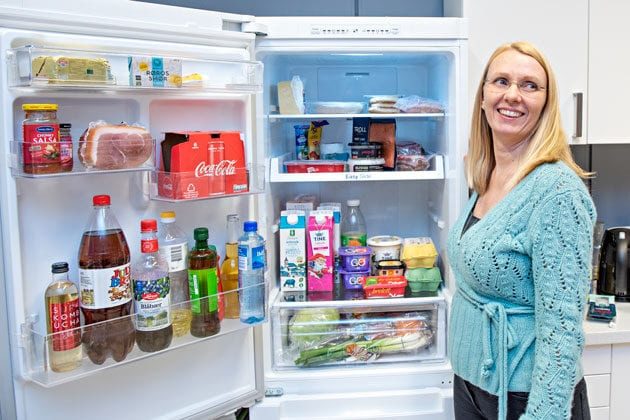How pathogens spread in the kitchen

Using the same utensils for chicken and salads without washing in between may lead to severe foodborne illness. Huge differences both in the occurrence of pathogens and kitchen hygiene among six European countries were found in a recent study.
“Is seems like where you come from is more important than age and gender when it comes to kitchen hygiene.”, says senior scientist in Nofima Solveig Langsrud coordinator for Safeconsume and one of the scientists behind the study.
Salmonella and Campylobacter are the top two bacteria reported to cause foodborne illnesses in Europe The European Union One Health 2019 Zoonoses Report (europa.eu). Consumers are advised to be cautious with hygiene during preparation of raw chicken to not spread these pathogens around the kitchen. However, it has been unclear in which degree this is a problem, as most studies have been done in laboratories and not real kitchens.
In the European project Safeconsume, sociologists and microbiologists visited 87 households in six countries, Portugal, France, Romania, Hungary, UK and Norway to investigate kitchen hygiene and spread of pathogens. The participants were interviewed and video recorded during preparing a dinner with chicken and salad. Microbiological samples were taken both from the raw chicken and the kitchen environment.
Big differences between countries
As also reported in national reports from each country, the occurrence of pathogens on raw chicken differed largely between countries. While consumers from Norway get contaminated chicken into their kitchen in less than one out of ten cases, most chicken in France and Portugal are contaminated (eight out of ten). The numbers for Romania were six of ten and for UK and Hungary seven out of ten.
Campylobacter and Salmonella were mainly spread to the cutting boards and 23% of cutting boards were contaminated after chicken preparation. Examples of widespread contamination to other places, such as sponges, handles and the sink were few, even in those cases where people did not wash their hands with water and soap after touching chicken. The reason is most probably that the number of pathogens on chicken is usually low and cross-contamination will therefore mostly be a problem in those rare cases where the chicken is heavily contaminated.
Practices to avoid contamination of salad with pathogens from chicken varied between countries. For example, using the same cutting board and knife between use for raw chicken and salad without washing with soap and water was common Portugal and Romania, but not in the other countries. Also, food recipes mattered. For example, consumers in France and Portugal often prepared dishes that did not require cutting and handling. The participants’ awareness of the risk posed by pathogens from raw chicken differed among the six countries, with higher awareness in Norway and the UK than the other countries studied.
„We studied young single men, families with small children and elderly. The kitchen practices seemed to be more linked to where you are from than which consumer group you belong to“ tells Dr. Solveig Langsrud, coordinator for Safeconsume and one of the scientists behind the study.
These findings suggest that there is a need to make people in all European countries aware that raw chicken meat may contain pathogens and how to avoid spread in the kitchen.
Langsrud concludes: “The food safety messages have to be tailor made for each country, taking both into account the prevalence on chicken and the food culture.”
“For example, consumers from UK and Norway can learn from French and Portuguese home cooks and benefit from buying products that are fit for their recipes and require less handling. Consumers from France, Portugal, Romania and Hungary could benefit from more information about the risk and learn that washing hands and utensils is crucial to avoid foodborne infection.”
Contact person
Research areas
Shelf life and food safety
Research facilities
